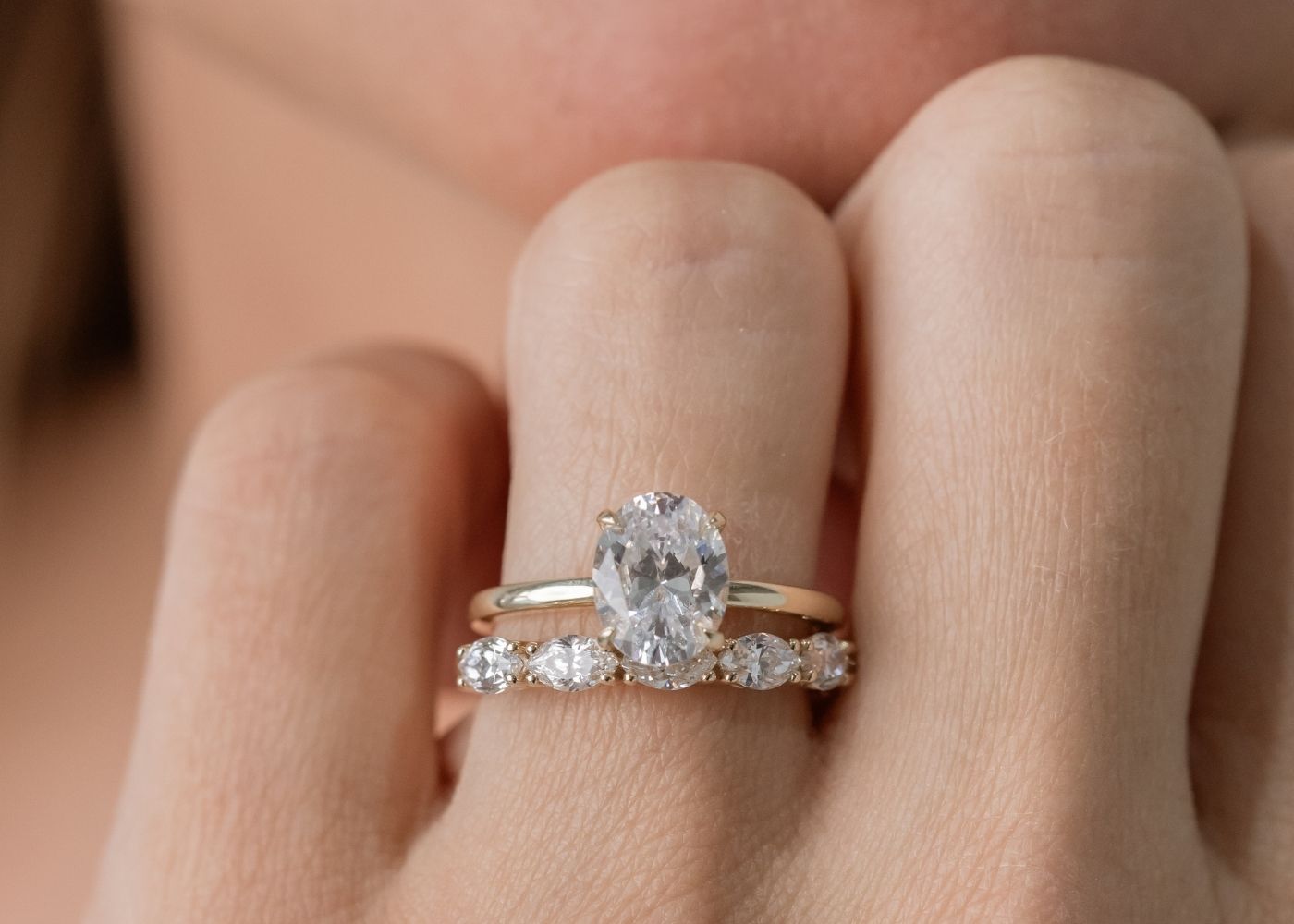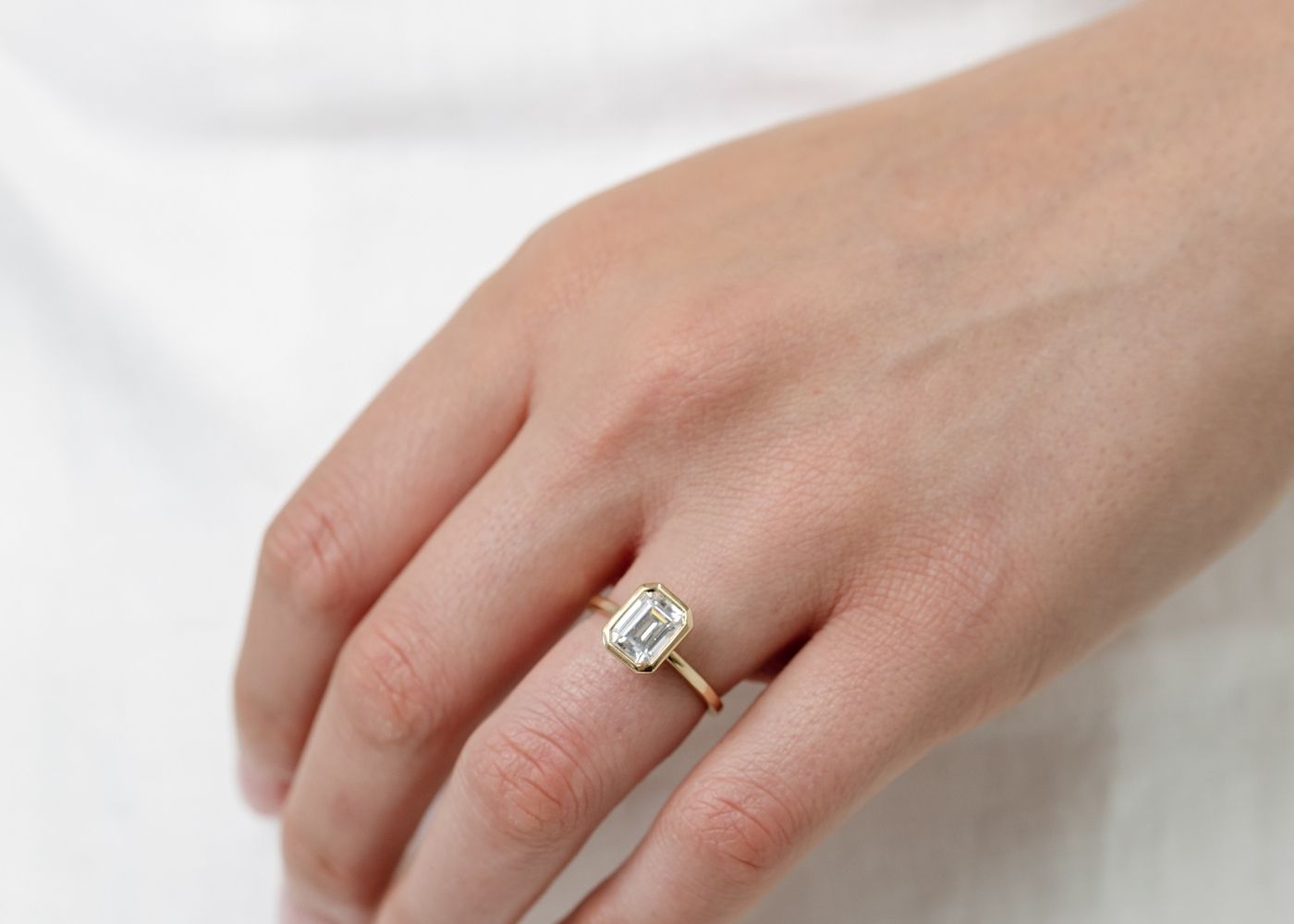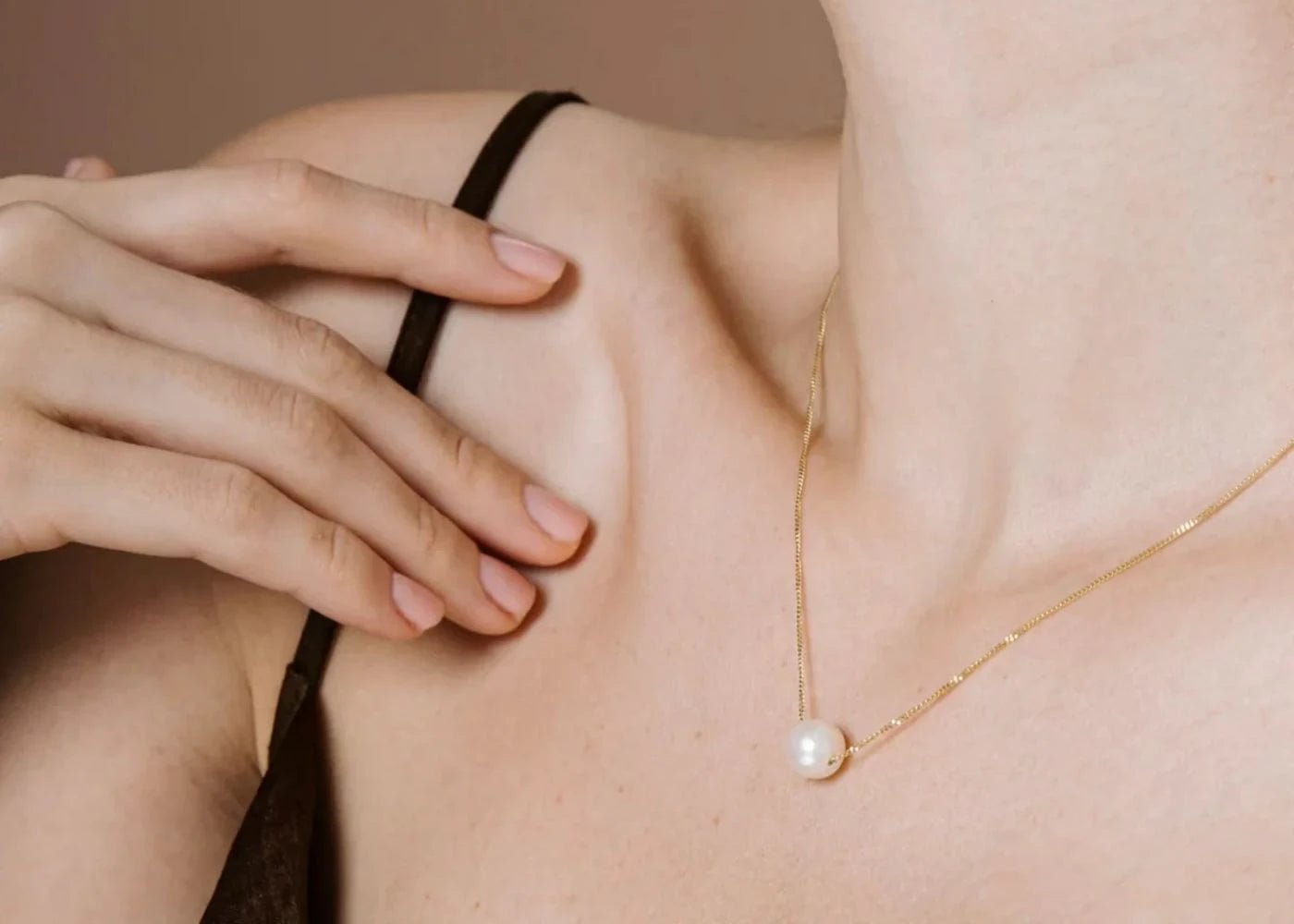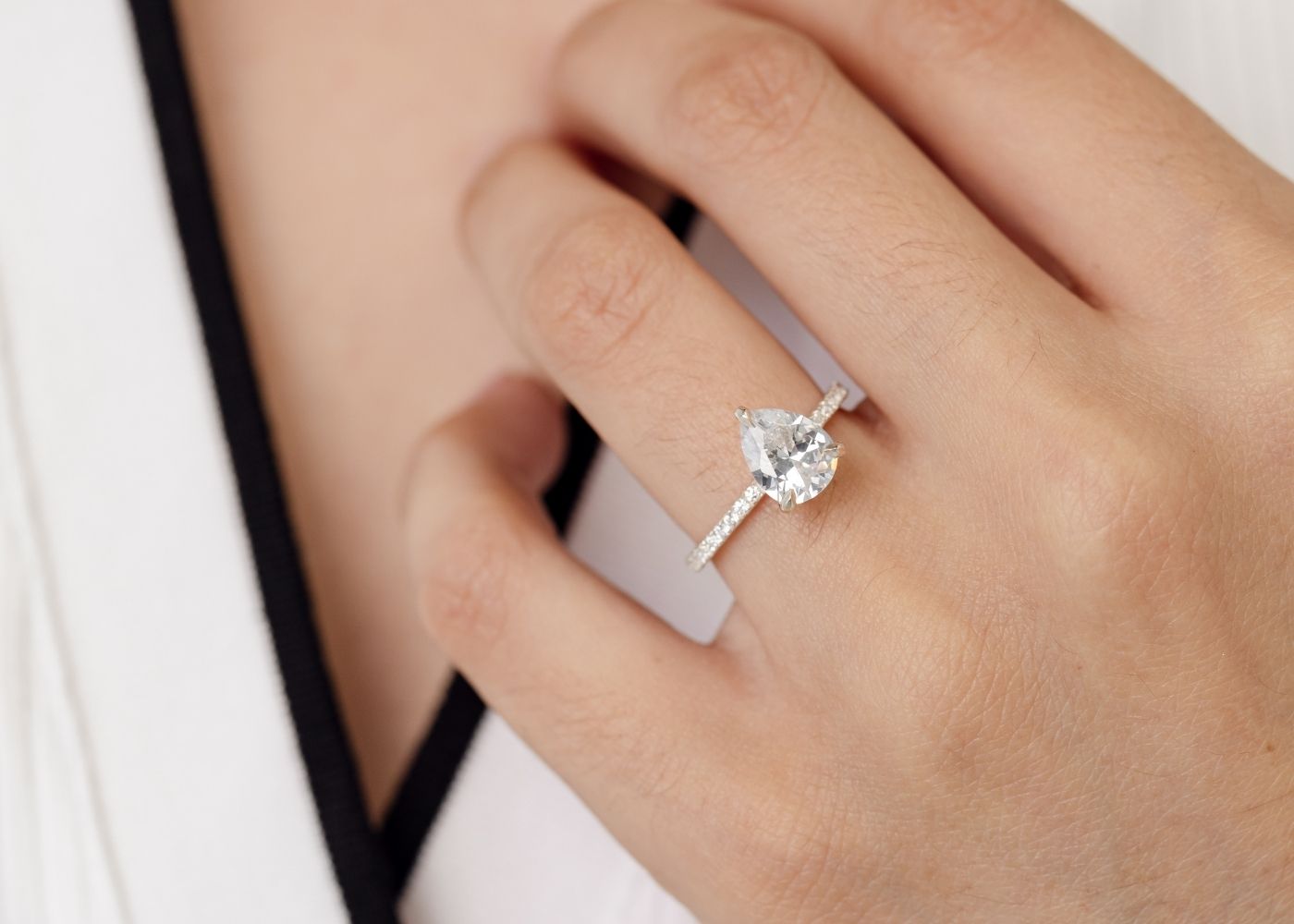Wedding dress
History and Cultural Significance of Wedding Dresses
- Wedding dresses in Western cultures are typically white, popularized by Queen Victoria in 1840.
- Brides from wealthy families would wear rich colors and exclusive fabrics.
- The style of wedding dresses has been influenced by Victorian fashion.
- The amount and price of material in a wedding dress reflected the bride's social standing.
- Prior to the Victorian era, brides would wear wedding dresses in various colors.
- White became associated with purity and virginity, although blue was originally connected to these qualities.
- Wedding dresses in the early 1900s featured lace and frills, following the fashion trends of the time.
- Wedding dresses in different cultures reflect the religious and cultural beliefs of the participants.
- The choice of wedding dress color carries symbolic meanings, such as purity, luck, and auspiciousness.
- Wedding dresses can represent the social status and wealth of the bride's family.
- Traditional wedding garments are often worn to honor and show respect to elders and ancestors.
- Over time, the fabric choices and color options for wedding dresses in various cultures have expanded.
- Kurdish brides traditionally wear red dresses to symbolize postcoital bleeding.
- Japanese brides wear a pure white kimono for the formal ceremony.
- Javanese people in Indonesia wear a kebaya and batik.
- Filipino women wear variations of the Barot saya for weddings.
- Native American brides have different traditions, such as wearing all-white wedding robes.
- Native American tribes have varying traditions for wedding dresses.
- Northern California tribes have bridal dresses woven in symbolic colors.
- Wishram Native American brides wear traditional dresses.
- Finnish farmers have traditional wedding dresses.
- Kazakh and Azerbaijani cultures have their own traditional wedding costumes.
- Khmer, Vietnamese, Thai, and Burmese couples dress in traditional outfits.
- Bali Hindu weddings have their own unique dress style.
- Southeast Asian wedding dresses showcase the diversity of the region's cultures.
- Historical paintings show wedding dresses from different eras.
- Queen Mary popularized the white wedding dress in Western Europe.
- Queen Elizabeth I favored white and black dresses.
- Princess Philippa of England wore white silk for her wedding in 1406.
- Historical wedding dresses reflect the fashion trends of their time.
- Modern brides in the Western world have a variety of dress styles.
- Wedding dresses can reflect the fashion trends of the time.
- Same-gender marriages also feature wedding dresses.
- Brides may choose to wear strapless or sleeveless gowns.
- Cultural influences can be seen in modern Western-style wedding dresses.
Different Wedding Dress Styles
- A-line wedding dresses have a fitted bodice and a flared skirt.
- Ballgown wedding dresses have a fitted bodice and a full skirt.
- Mermaid wedding dresses are fitted through the bodice and hips, then flare out at the knees.
- Sheath wedding dresses have a slim silhouette that falls straight down.
- Tea-length wedding dresses end between the knee and ankle.
Wedding Dress Fabrics
- Silk is a common fabric used for wedding dresses.
- Lace is often used for intricate detailing on wedding dresses.
- Satin is a smooth and shiny fabric used for a luxurious look.
- Tulle is a lightweight fabric often used for skirts and veils.
- Chiffon is a sheer and lightweight fabric that creates a soft and flowing look.
Wedding Dress Accessories
- Veils are a traditional accessory worn with wedding dresses.
- Bridal belts or sashes can be added to accentuate the waistline.
- Headpieces such as tiaras or hair combs can be worn with wedding dresses.
- Gloves can add a touch of elegance to a wedding dress.
- Wedding dress jewelry, such as necklaces and earrings, can complete the bridal look.
Wedding Dress Trends
- Off-the-shoulder wedding dresses have become popular in recent years.
- Illusion necklines, with sheer fabric, are a trendy choice for wedding dresses.
- Two-piece wedding dresses, with separate tops and skirts, are gaining popularity.
- Colored wedding dresses, such as blush or champagne, are a modern trend.
- Minimalist wedding dresses with clean lines and simple designs are on the rise.
Wedding dress Data Sources
| Reference | URL |
|---|---|
| Glossary | https://harryandcojewellery.com.au/blogs/glossary/wedding-dress |
| Wikipedia | http://en.wikipedia.org/wiki/Wedding_dress |
| Wikidata | https://www.wikidata.org/wiki/Q170063 |
| Knowledge Graph | https://www.google.com/search?kgmid=/m/02c66t |





